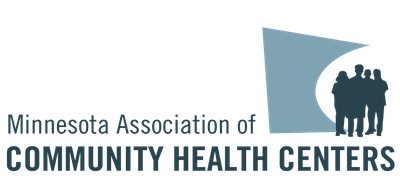Medicaid: It's complicated.
Healthcare is complicated. It’s a common and well-known chorus when speaking to both policymakers and our neighbor Gladys across the street. Systems are large and difficult to navigate, costs are high, and individuals are often overwhelmed with how to best access care.
This is even more true for low-income Minnesotans. Individuals who are navigating when and how they are eligible for services, what providers will take medical assistance programs, or those who are struggling to find culturally appropriate care face barriers that contribute to the health inequities in our state. Government programs are complex and nuanced, and sometimes difficult for the best-intentioned policy wonk to understand.
Yet, roughly 51% of Minnesota's spending (including federal dollars) is spent in Health and Human Services. An aging Minnesota population makes this number set for continued growth. The policy decisions made in these areas impact the lives of Minnesotans and have the power to improve outcomes.
Here at MNACHC- we want to talk about it.
As Minnesota’s primary care safety net, health centers work daily with low-income and medically underserved populations. We meet patients where they are to provide high-quality, compassionate care.
So, get your coffee ready, and meet us at the fence post for what we hope will be an ongoing conversation about the state of health care.
While we know there are numerous issues facing our communities that we hope to address, let’s start with some basics. The building blocks to understanding government healthcare programs.
Luckily, we know some experts. Ann Rogers, with People’s Center, has created a cheat sheet to help us answer the basic questions of What is Medicaid? Is that the same as Medicare? MinnesotaCare? And when would I use MNSure?
We hope this tool can help anyone interested in better understanding government programs and begin to bring us all to a deeper understanding of the state of healthcare in Minnesota.
Rochelle Westlund, Director of Public Policy
